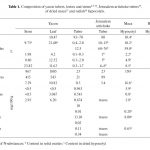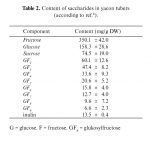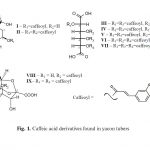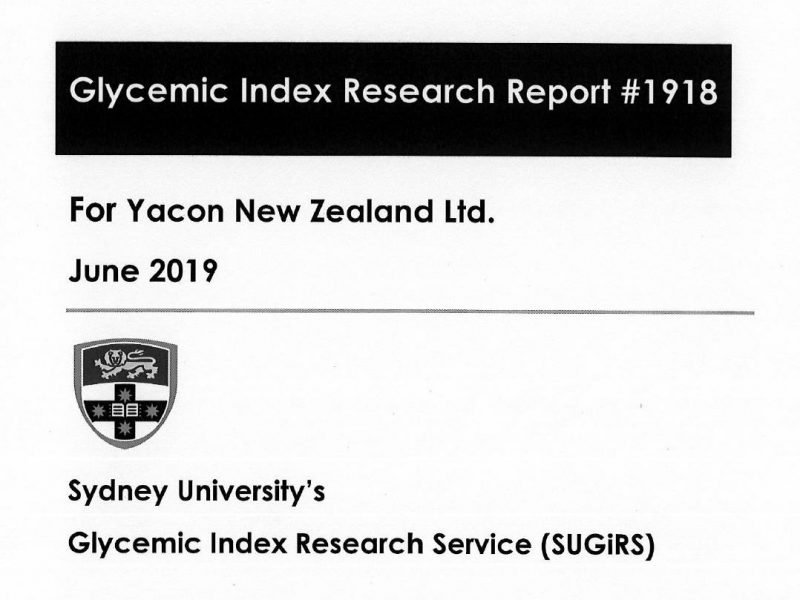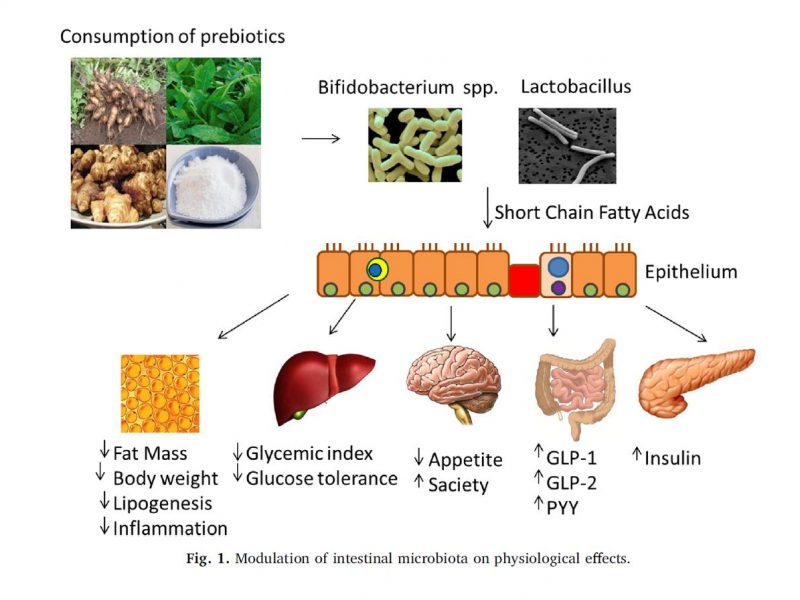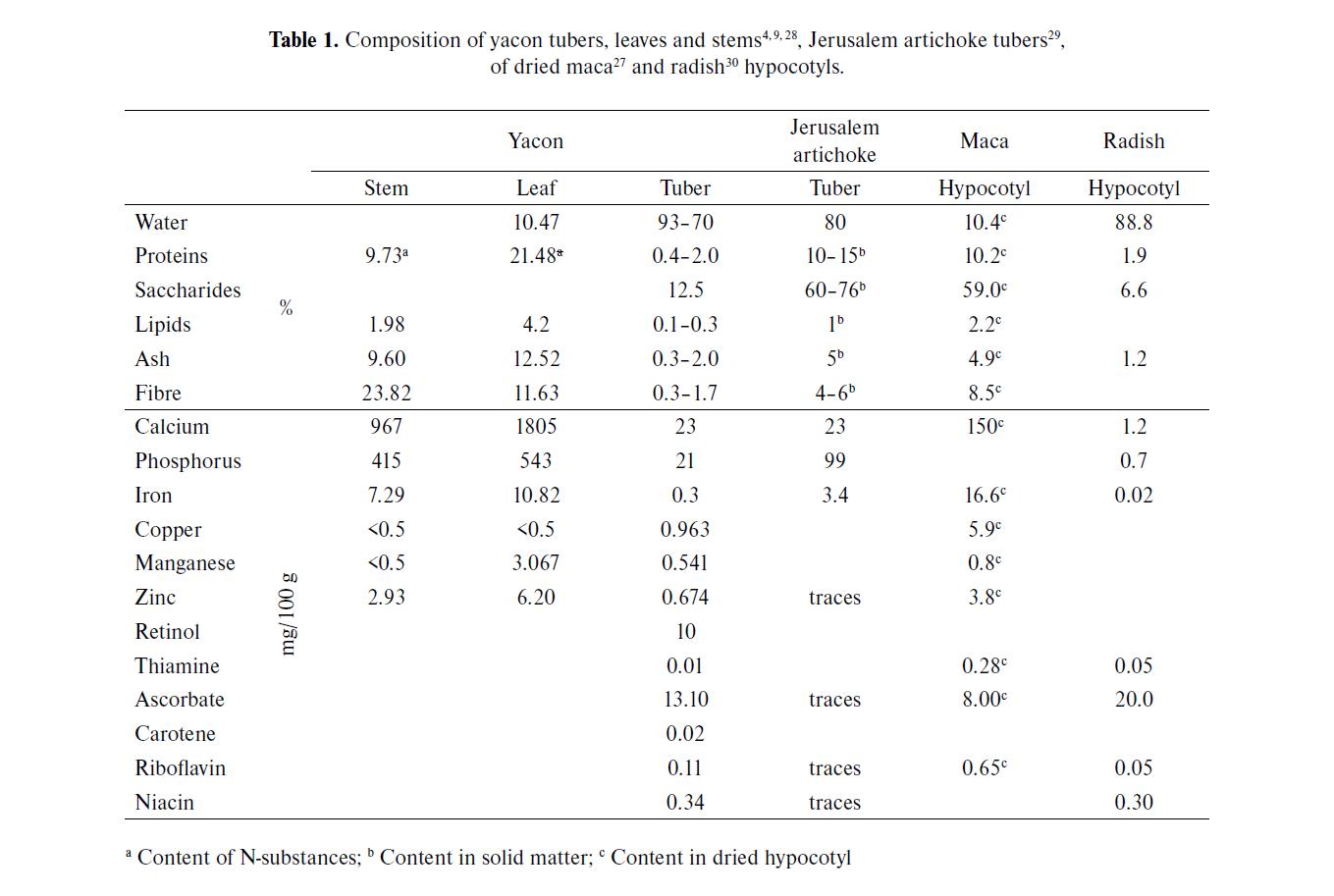
Smallanthus Sonchifolius and Lepidium Meyenii – Prospective Andean Crops for the Prevention of Chronic Disease
Abstract: Smallanthus sonchifolius (yacon) and Lepidium meyenii (maca) were the traditional crops of the original population of Peru where they are also still used in folk medicine. These plants are little known in Europe and Northern America although at least yacon can be cultivated in the climatic conditions of these regions.
This article deals with the botany and the composition, the structure of main constituents, biological activity of these plants and the cultivation of yacon in the Czech Republic.
The potential of yacon tubers to treat hyperglycemia, kidney problems and for skin rejuvenation and the antihyperglycemic and cytoprotective activity of its leaves seems to be related mostly to its oligofructan and phenolic content, respectively.
Maca alkaloids, steroids, glucosinolates, isothicyanates and macamides are probably responsible for its aptitude to act as a fertility enhancer, aphrodisiac, adaptogen, immunostimulant, anabolic and to influence hormonal balance.
Yacon and maca are already on the European market as prospective functional foods and dietary supplements, mainly for use in certain risk groups of the population, e.g. seniors, diabetics, postmenopausal women etc.
Valentová, K., & Ulrichová, J. (2003). Smallanthus sonchifolius and Lepidium meyenii-prospective Andean crops for the prevention of chronic diseases. Biomed Papers, 147(2), 119-130.
- Table 1. Composition of Yacon Tubers Leaves and Stems
- Table 2. Content of Saccharides in Yacon Tubers
- Caffeic Acid Derivatives Found in Yacon Tubers

